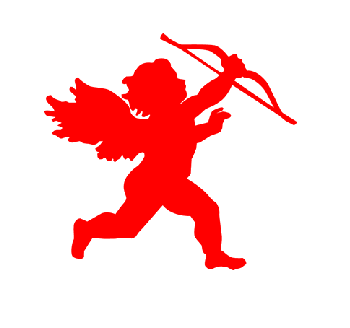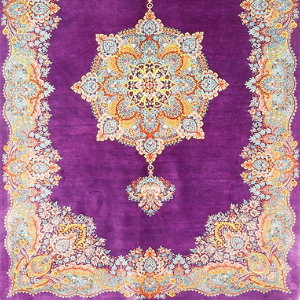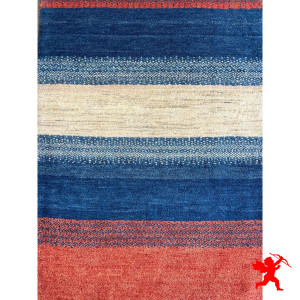What to Look When Buying Persian Carpet
Persian Rug Pricing Strategy
The cost of the rug is dependent on various factors such as size, material and the number of nodes used per square meter. The Persian rug price and quality are determined based on the following important factors. Please make sure you understand these factors before purchasing any Persian Rug. You should also ask your Persian Rug Store to explain these factors in details. Click tabs below to expand & read these details.
Persian Rug Sizing Options
Persian Rugs usually comes in the rectangle & oriental shape. However there are square and round shapes available. Popular Persian Rug sizes (cm) are: 60 * 90 , 80 * 120 , 100 * 150 , 150 * 240 , 200 * 300 , 300 * 300.
Fine Weaving or Knots per Square Meter
Higher knots per square meter improves the quality of the rug significantly. You will find much truth under the carpet: turn it over, and look at the reverse. The knots on a machine-made carpet will be suspiciously uniform. This is one of the ways of differentiating machine-made from hand-made.Knot count is also often posited as a determinant of quality, and while it is not infallible - some valuable contemporary designs are very coarsely knotted - a good rule of thumb for a medium quality Persian rug is 500,000 for higher quality is to look for upwards.
Material Used in Making Persian Rugs
The material is usually silk, wool, kork or a combination of all. Obviously when there is more silk used in the rug, its price increases. Hand-woven Persian carpets are typically made of wool, silk, or a wool-silk blend. The 100% pure silk rugs are quite fine and have a shiny finish. Wool, on the other hand, is the most commonly used material. The quality depends on the breed of sheep, the climate, pasturage, and time of shearing. Don’t mistake these two quality flame-resistant materials for the synthetic fibers of machine-made carpets, which are highly flammable and tend to give off lint. For example, Qum & Esfahan rugs are among the most expensive Persian rugs in the world to the fine quality silk and/or cotton that are used in these types of rugs.
Haggle
Finally, nobody wants to be taken for a ride, so a bit of haggling is in order. But when it comes to Persian carpets, you get what you pay for. And while you don’t want to overpay, something too cheap will eventually be indicative of its quality. As a good rule of thumb, remember that you are investing in a piece of art. Persian carpets are painstakingly labor intensive, with weavers sitting hunched over a loom creating thousands of knots for several months to several years depending on the size. It’s curious that such works of art are then placed on the floor so that people can walk on them. In the end, as long as you think you’re paying a fair price, consider it a good deal.
Where are the Main Persian Rugs Made
Tabriz in the West, Kerman in the South, and Mashhad in the Northeast of Iran, together with the central Iranian towns of Kashan, Isfahan, Nain and Qom are the main centers of town manufacture.
Tabriz has been a center of carpet production for centuries. All kinds of designs are reproduced by Tabrizi weavers, with wool or silk in the pile, and wool, cotton or silk in the foundation.
Kerman is known for finely knotted, elegant carpets with prominent cochineal red, ivory and golden yellow colours. Their medaillons are elegantly designed, and elaborate versions of the boteh design are often seen in the field.
Mashhad carpets are of average quality. Cochineal red is often used. Emogli carpets are made of silk, and represent the finest carpets manufactured in Mashhad. They show dense arabesque patterns on red ground.
Kashan is the oldest carpet-producing city in Central Iran. Famous for its production of silk carpets, carpet weaving was revived in the late 19th century. The earliest carpets woven in Kashan at the turn of the nineteenth century show some imbalances in their designs, which was overcome, and carpets were produced mainly with a red or ivory field and elaborate ogival central medallions.
Isfahan, Nain, and Qom revived or started carpet manufacture by the mid-twentieth century. All-silk, or silk pile on cotton foundation carpets are produced with asymmetrical knots. Their design is often inspired by Safavid designs. Carpets from Qom and Nain often have richly decorated medaillons, and tender light blue and ivory colours. Isfahan carpets use more dark red and blue colours.
References:


-300x300.png)
-300x300.png)

-300x300.png)